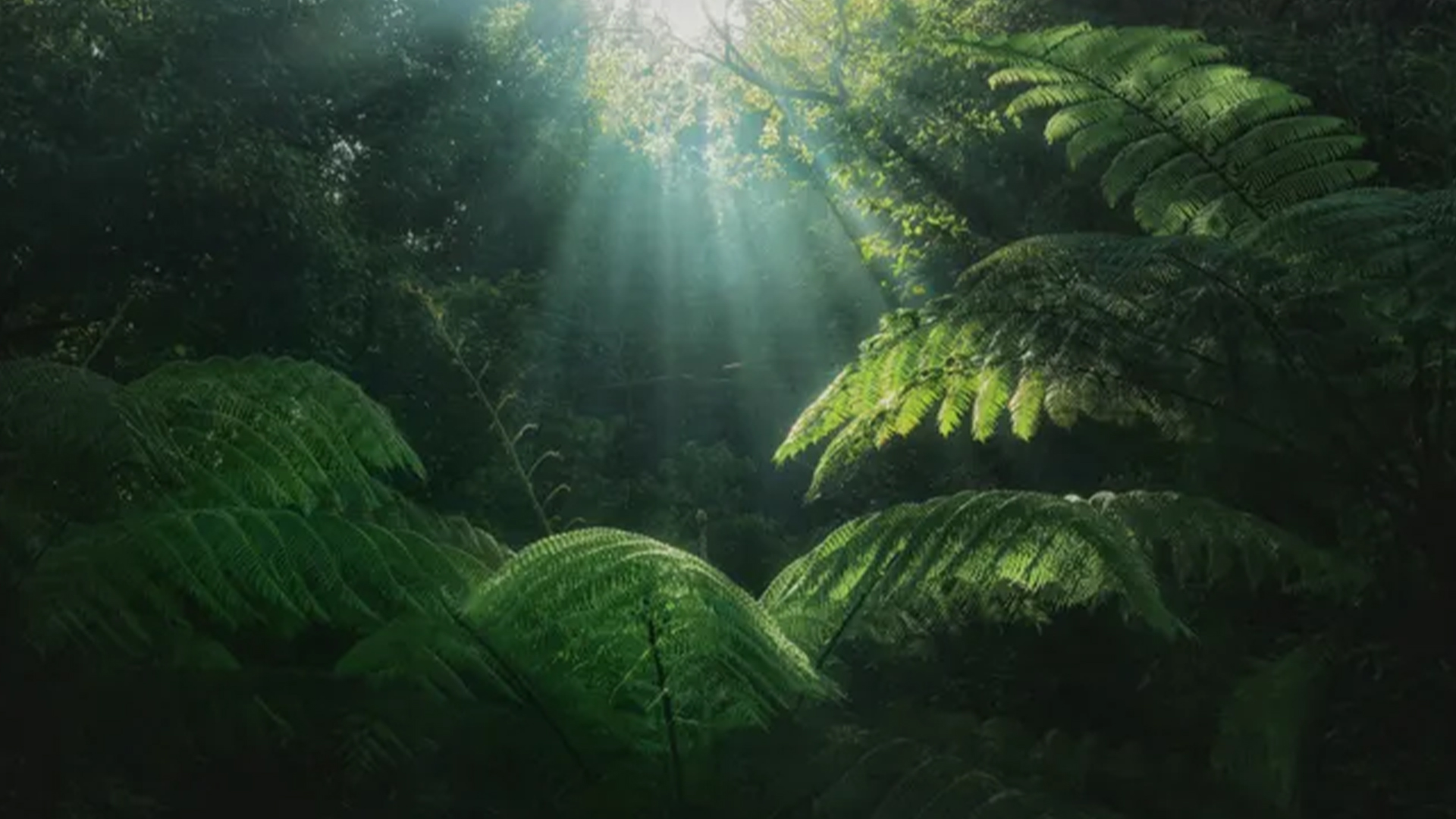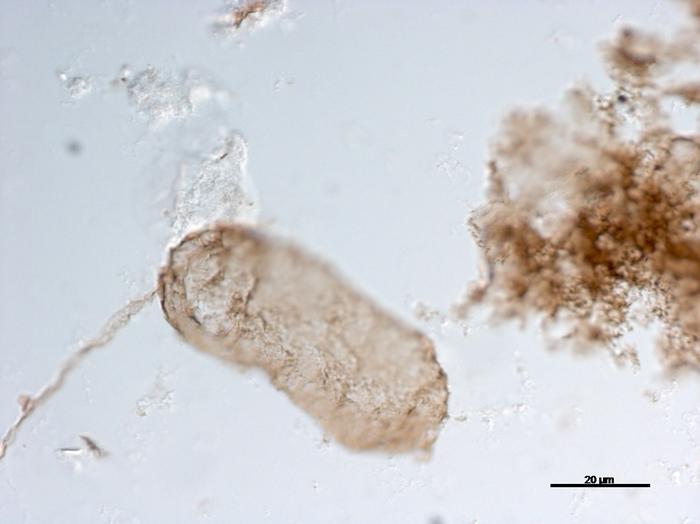Fossils locked away for 1.75 billion years hold clues about key moment in Earth's history
Fossils from Australia provide the first direct evidence that photosynthesis was happening at least 1.75 billion years ago.

The earliest direct evidence of photosynthesis has been discovered in fossils dating back to 1.75 billion years ago.
Scientists collected fossils from Australia, Canada and the Democratic Republic of Congo and found the samples from Australia and Canada contained evidence of cyanobacteria, the oldest known lifeform on Earth. Scientists believe that cyanobacteria first emerged 2 to 3 billion years ago, before evolving to be capable of oxygen-producing, or oxygenic, photosynthesis.
In a study published Jan. 3 in the journal Nature, researchers revealed these cyanobacteria fossils featured photosynthetic structures, known as thylakoid membranes, which contain pigments like chlorophyll that convert light into chemical energy via photosynthesis.
The cyanobacteria were preserved in a mud clay that was compacted over time to become rock. The researchers used a technique called transmission electron microscopy (TEM) to see the membranes and other tiny details preserved in the fossils.
Instead of using light to image objects, TEM uses electrons, which have a much smaller wavelength than light, allowing us to see much finer details down to the atomic level. Scientists bombard a sample with an electron beam. Some electrons will pass through while some will be absorbed or scattered off more dense parts of the object.
"Finding these membranes tells us that [these cells] are indeed cyanobacteria that are performing oxygenic photosynthesis," lead author Emmanuelle Javaux, a paleobiologist from the University of Liège in Belgium, told Live Science. "This pushes back the fossil record of such membranes by 1.2 billion years."
Get the world’s most fascinating discoveries delivered straight to your inbox.
Javaux said identifying the exact time in which cyanobacteria evolved the ability to produce oxygen is an important milestone in Earth's natural history.

The concentration of oxygen in Earth's atmosphere rose dramatically around 2.45 billion years ago, in what is known as the Great Oxidation Event.
The rise in atmospheric oxygen transformed life on Earth. It unlocked aerobic respiration for many lifeforms and increased the rate at which minerals weathered and provided nutrients to different environments.
However, scientists don't know whether the Great Oxidation Event was triggered by the evolution of oxygenic photosynthesis, or whether other ecological or geological events occurred first.
The exact biological and physical drivers of the Great Oxidation Event are deeply debated amongst scientists. Though cyanobacterial photosynthesis is generally accepted as the key reason why oxygen concentrations increased, drivers like volcanic eruptions or a decreased level of iron in the oceans may have also played a part.
"If oxygenic photosynthesis evolved very early, but oxygen levels only accumulated in the atmosphere much later, that suggests that there are other processes at work like the burial of organic carbon," Greg Fournier, a geobiologist at the Massachusetts Institute of Technology who was not involved in the study, told Live Science.
Fournier said that the age of the fossilized structures in the new study fits well into the bounds of current theories of when cyanobacteria with thylakoid membranes emerged.
The researchers' use of electron microscopy potentially paves the way to reanalyze older, existing fossil samples with the same imaging technique to identify exactly when cyanobacteria first evolved thylakoid membranes.
"We could potentially time these evolutionary innovations and connect them to the history of the biosphere," Fournier said.

Jacklin Kwan is a freelance journalist based in the United Kingdom who primarily covers science and technology stories. She graduated with a master's degree in physics from the University of Manchester, and received a Gold-Standard NCTJ diploma in Multimedia Journalism in 2021. Jacklin has written for Wired UK, Current Affairs and Science for the People.


